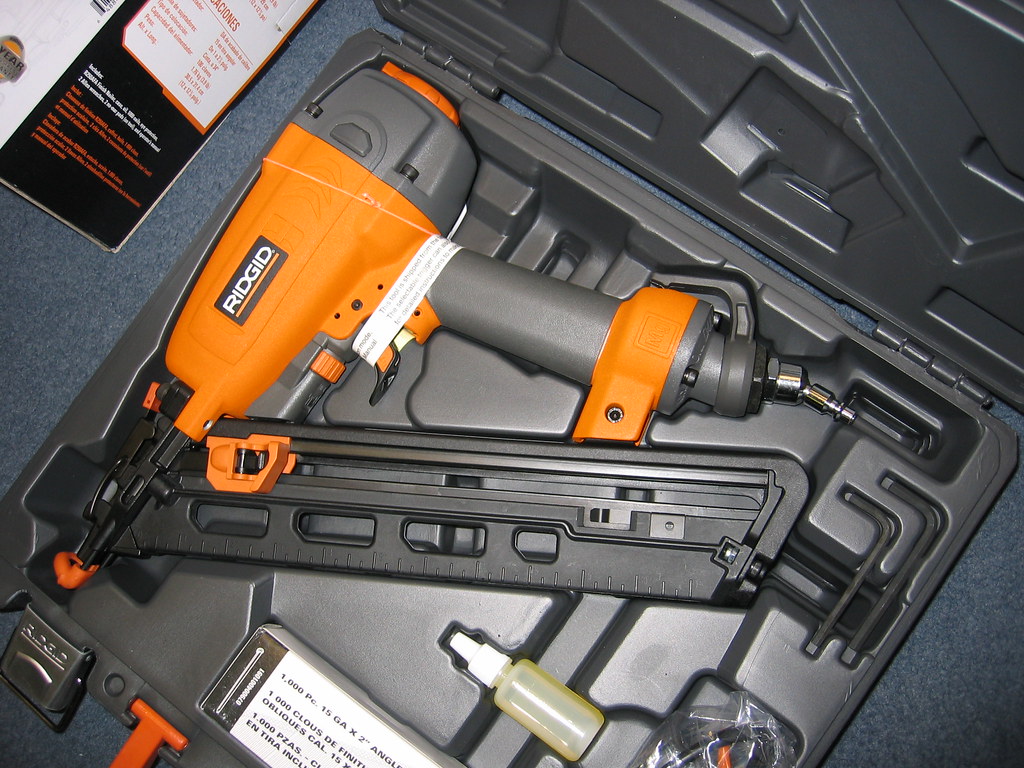When it comes to choosing between angled and straight finish nailers, understanding their differences, advantages, and applications can help you make an informed decision. Finish nailers are versatile tools used for trim work, cabinetry, and other detailed woodworking projects. Here's a detailed comparison to help you decide which type suits your needs best:

Angled finish nailers offer some distinct benefits that make them ideal for specific tasks:
Straight finish nailers also come with their own set of advantages, making them suitable for different applications:
Choosing between an angled and straight finish nailer often comes down to personal preference and the type of projects you're tackling. Some professionals prefer the versatility and tight-space capabilities of angled nailers, while others favor the ease and affordability of straight nailers.
One of the key differences between angled and straight finish nailers is the nail gauge they use:
| Type of Nailer | Nail Gauge |
|---|---|
| Angled Finish Nailer | 15-gauge |
| Straight Finish Nailer | 16-gauge |
Thicker 15-gauge nails used in angled nailers are more durable and suitable for heavy-duty applications, while 16-gauge nails in straight nailers are adequate for most trim and lighter woodworking tasks.
Here’s a quick guide on when to use each type of nailer:
Regular maintenance can extend the lifespan of your finish nailers:
In summary, both angled and straight finish nailers have their respective benefits, and the choice depends on your project's requirements and your comfort level with the tool. Whether you're working on intricate trim in tight spaces or need a cost-effective solution for standard tasks, understanding these differences can help you select the right nailer for your needs.

Immerse yourself in architecture’s most boundary-pushing ideas—where innovative home improvements meet visionary urban developments. Discover new building techniques, materials, and creative concepts that are redefining how we shape our spaces on a global scale.